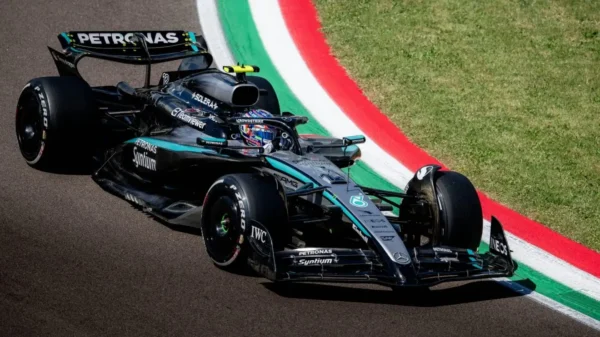Understanding the DNF Incident
During Kimi Antonelli’s debut at his home race in Imola, a technical issue led to an unexpected retirement. Mercedes’ Andrew Shovlin revealed that the issue stemmed from a problem with the throttle damper assembly. Despite the challenges faced, Mercedes is committed to improving the vehicle’s reliability for the future.

The Throttle Damper Assembly Issue
As explained by Shovlin, the throttle did not directly cause the DNF; rather, it was the car’s onboard system that detected multiple faults and decided to shut down the throttle signal for safety reasons. This self-protecting mechanism plays a crucial role in high-performance racing to prevent potential accidents when malfunctions occur. Shovlin noted, “we haven’t got completely to the bottom of it, but it was relatively easy to at least work out which faults were causing the issue.”
Looking Ahead: Design Improvements
Mercedes is continually evaluating its technology to enhance the safety and performance of its vehicles. The team has already developed procedures for recalibrating throttle sensors while on track, which could help mitigate similar issues in the future. As teams strive for maximum performance, ensuring the reliability of components like the throttle damper assembly will be vital. With insights gained from the Imola incident, Mercedes is expected to implement design changes that prioritize both performance and safety in upcoming races.



